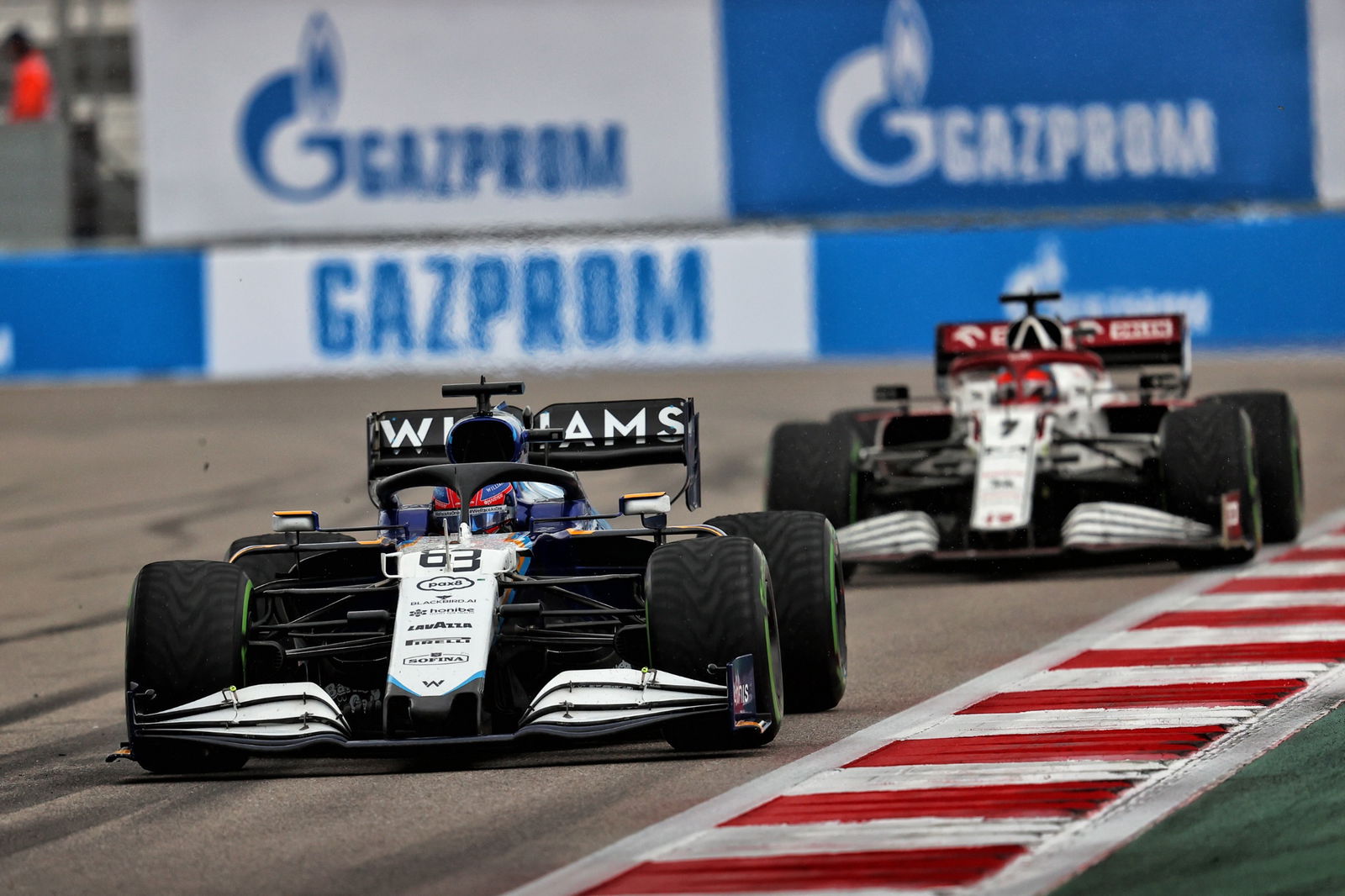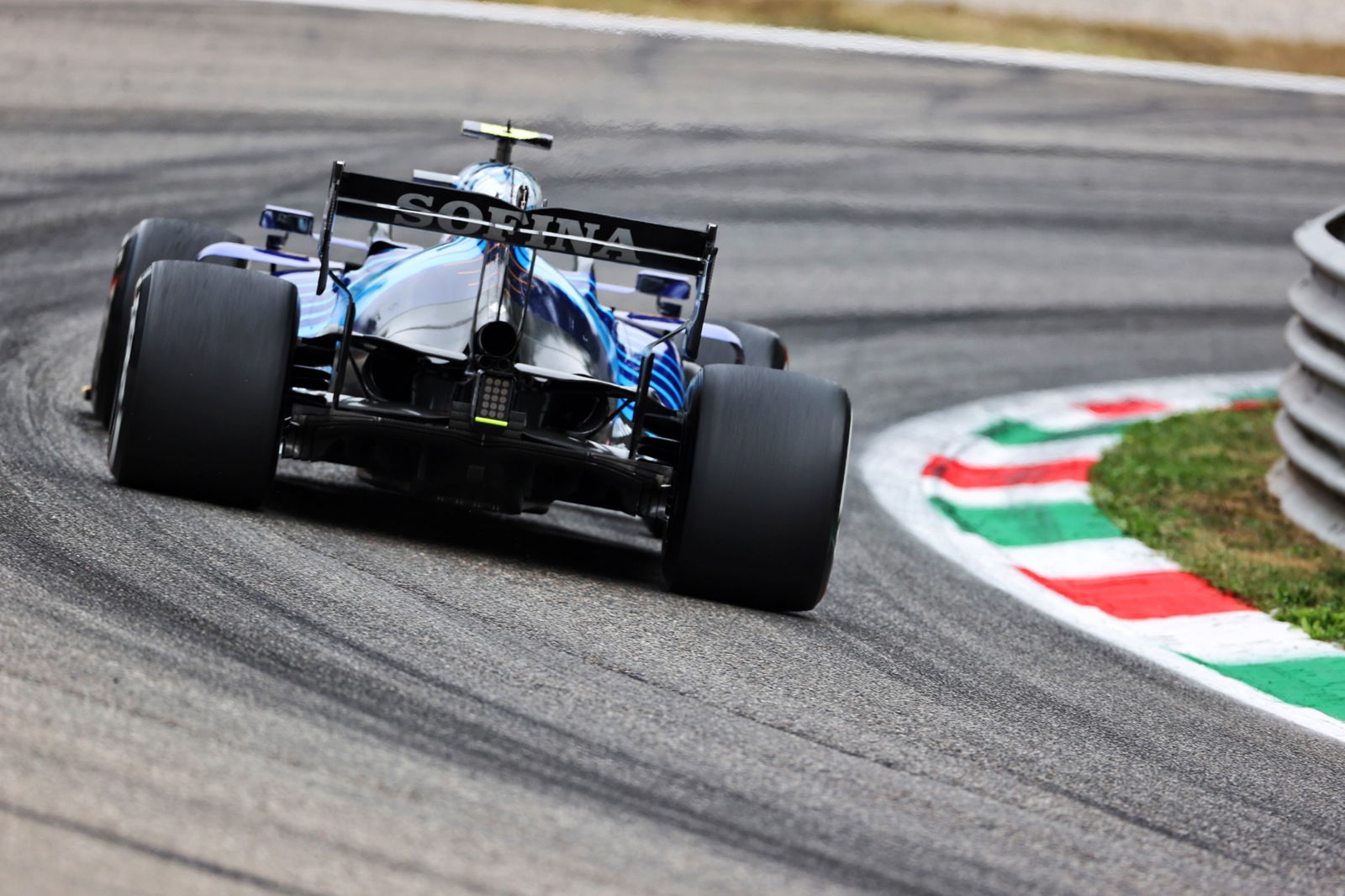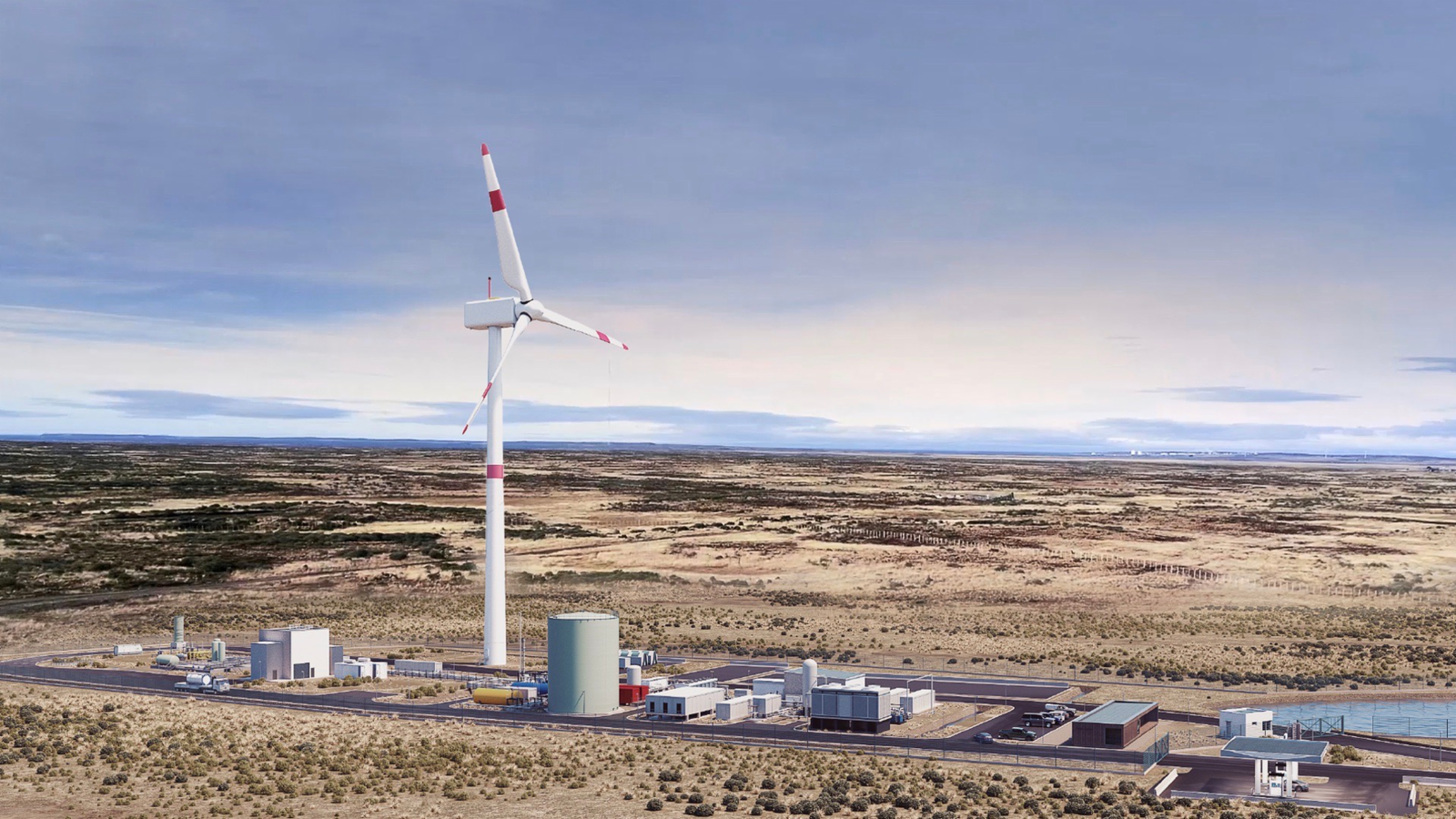What is behind Williams’ new-found F1 competitiveness?

After spending the last two years anchored to the very back of the grid and having managed just a single point across 48 races between 2019 and 2021, Williams finally ended its top-10 drought at the Hungarian Grand Prix as Nicholas Latifi led home teammate George Russell in seventh.
Since Hungary, Williams has gone on to score points with at least one car in three of the past four events, including a season’s best result of second place in Belgium after Russell’s stunning qualifying lap in wet conditions translated into a maiden podium when the race was abandoned.
But just how have the former world champions hauled themselves into regular points-scoring positions in such a short timeframe?
According to team principal Capito, who took over the day-to-day running of Williams following Simon Roberts’s departure earlier this summer, it has not been “sudden”, but rather the culmination of a huge effort to find continuous improvement amid recent organisational changes.
Since his arrival, Capito has overseen a several experimental changes to the way the team communicates and works as an operation in his role that has now expanded to team principal.
It has included taking advantage of the competitive situation Williams finds itself in by encouraging an approach that opens the door to take calculated risks.
“It’s a continuous improvement of how to work,” Capito explained.

“We changed our organisation, we changed communications, we changed responsibilities, so we’re working much more as a team.
“We also changed the strategy, how we approach the race event. And we got a bit more proactive and aggressive, and not just defensive. I think we put more pride in the operation, said we could do things different.
“If you have the ninth-fastest car, you can try things differently, and not be always on the back foot and try to conserve what you have, try something different that others might not be able to try because they are up front, and for them it would be risky.
“I think a couple of times, we’ve taken the risk, also with the tyre choice for the weather, and it worked out.
“I think it shows that the team works better as an overall team on communication. I’m surprised how much that can make the car faster without actually improving the car.”
The turnaround in results sees Williams sit eighth in the constructors’ championship with 23 points heading into the final seven races of the season.
Given the lack of competitiveness of main rivals Alfa Romeo (ninth) and Haas (10th), it is likely Williams will be able to hold onto the position through to the end of the year.

The Grove-based outfit is currently 16 points clear of Alfa Romeo, which has only scored seven points all season with a best result of eighth, while Haas is yet to get off the mark at all this campaign.
Another pivotal factor behind Williams’ upturn in competitiveness has come through adopting a streamlined approach to its technical department following the hiring of Francois-Xavier (FX) Demaison as technical director.
Demaison was a key early signing for Capito, who developed a formidable partnership with his design chief during their spell together at Volkswagen.
“The groups work closer together,” Capito said. “Before it was like track engineering and home engineering. Everything is under one technical director and the technical director was missing before.
“So now these groups work closer, respect each other more and get more out of each other. So everything is better understood because more people are talking to each other and getting a better understanding.”
Despite the impending departure of Mercedes-bound Russell - who will be replaced by Alex Albon in 2022 - things are beginning to look much more promising for Williams heading into F1's rules revolution.



